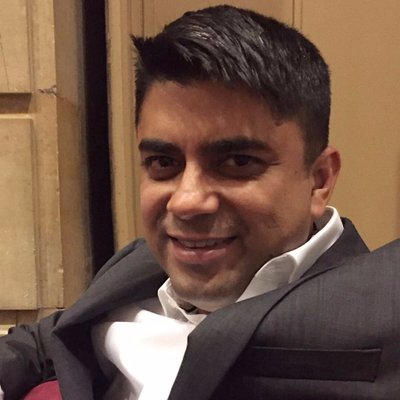Right at the end of every year I write a letter summarizing my issues and charities. And as I own the joint here, I post it on THCB! Please take a look–Matthew Holt
Well 2017 has been quite a year, and last year 2016 I failed to get my end-of-year letter out at all. This I would like to think was due to extreme business but it probably came down to me being totally lazy. On the other hand like many of you I may have just been depressed about the election–2016 was summed up by our cat vomiting on our bed at 11.55 on New Years Eve.
Having said that even though most of you will never comment on this letter and I mostly write it to myself, I have had a few people ask me whether it is coming out this year–so here it goes.
2017 was a big year especially for my business Health 2.0. After 10 years my partner Indu Subaiya and I sold it to HIMSS–the biggest Health IT trade association and conference. And although I used to make fun of HIMSS for being a little bit staid and mainstream, when it came to finding the right partner to take over Health 2.0’s mantel for driving innovation in health technology, they were the ones who stepped up most seriously. From now on the Health 2.0 conferences are part of the HIMSS organization, and Indu is now an Executive Vice President at HIMSS. I’ll still be very involved as chair of the conferences and going to all of them but will (hooray!) be doing a lot less back office & operational work. (Those of you in the weeds might want to know that we are keeping the Health 2.0 Catalyst division for now at least)
That does mean that next year I will have a bit more time to do some new things. I haven’t quite figured out what they are yet but they will include a reboot of (my role at least) on The Health Care Blog and possibly finally getting that book out of the archives into print. But if you have any ideas for me (and I do mean constructive ideas, not just the usual insults!) then please get in touch. You can of course follow me on Twitter (@boltyboy) to see what I’m thinking with only modest filtering!Continue reading…

 Entering the home stretch on 2017, the stage is set for some classic duels next year: they’re about money and control and they’re playing out already across the industry. Here’s the five combat zones to watch:
Entering the home stretch on 2017, the stage is set for some classic duels next year: they’re about money and control and they’re playing out already across the industry. Here’s the five combat zones to watch: It is February of 2005, and my grandpa is lying in an Intensive Care Unit bed at Beth Israel Deaconess Medical Center in Boston, critically ill from a renal artery rupture that planted him face-first in his parlor. As a functioning alcoholic who has already been in the hospital for a day, he is beginning to shake periodically, a sign of his withdrawals.
It is February of 2005, and my grandpa is lying in an Intensive Care Unit bed at Beth Israel Deaconess Medical Center in Boston, critically ill from a renal artery rupture that planted him face-first in his parlor. As a functioning alcoholic who has already been in the hospital for a day, he is beginning to shake periodically, a sign of his withdrawals.


 Policymakers and providers all agree that addressing patients’ non-medical needs will be critical to improving health, health care, and health care costs, but little progress has been made towards integrating traditionally segmented services. What can and should a health care organization do? Realistically, most health care organizations will not build new lines of social services into their core clinical operations. Instead, leading organizations are connecting the dots by optimizing referrals to existing community resources. Based on phone interviews and site visits with executive leadership, frontline providers, and community partners, we highlight the work of nine innovative health care organizations. Here, we offer practical steps to reflect upon where your organization stands and where it might look to be in a referral model for community resources.
Policymakers and providers all agree that addressing patients’ non-medical needs will be critical to improving health, health care, and health care costs, but little progress has been made towards integrating traditionally segmented services. What can and should a health care organization do? Realistically, most health care organizations will not build new lines of social services into their core clinical operations. Instead, leading organizations are connecting the dots by optimizing referrals to existing community resources. Based on phone interviews and site visits with executive leadership, frontline providers, and community partners, we highlight the work of nine innovative health care organizations. Here, we offer practical steps to reflect upon where your organization stands and where it might look to be in a referral model for community resources.







